Want to eliminate litter? Get everyone to pick up 152 pieces of trash
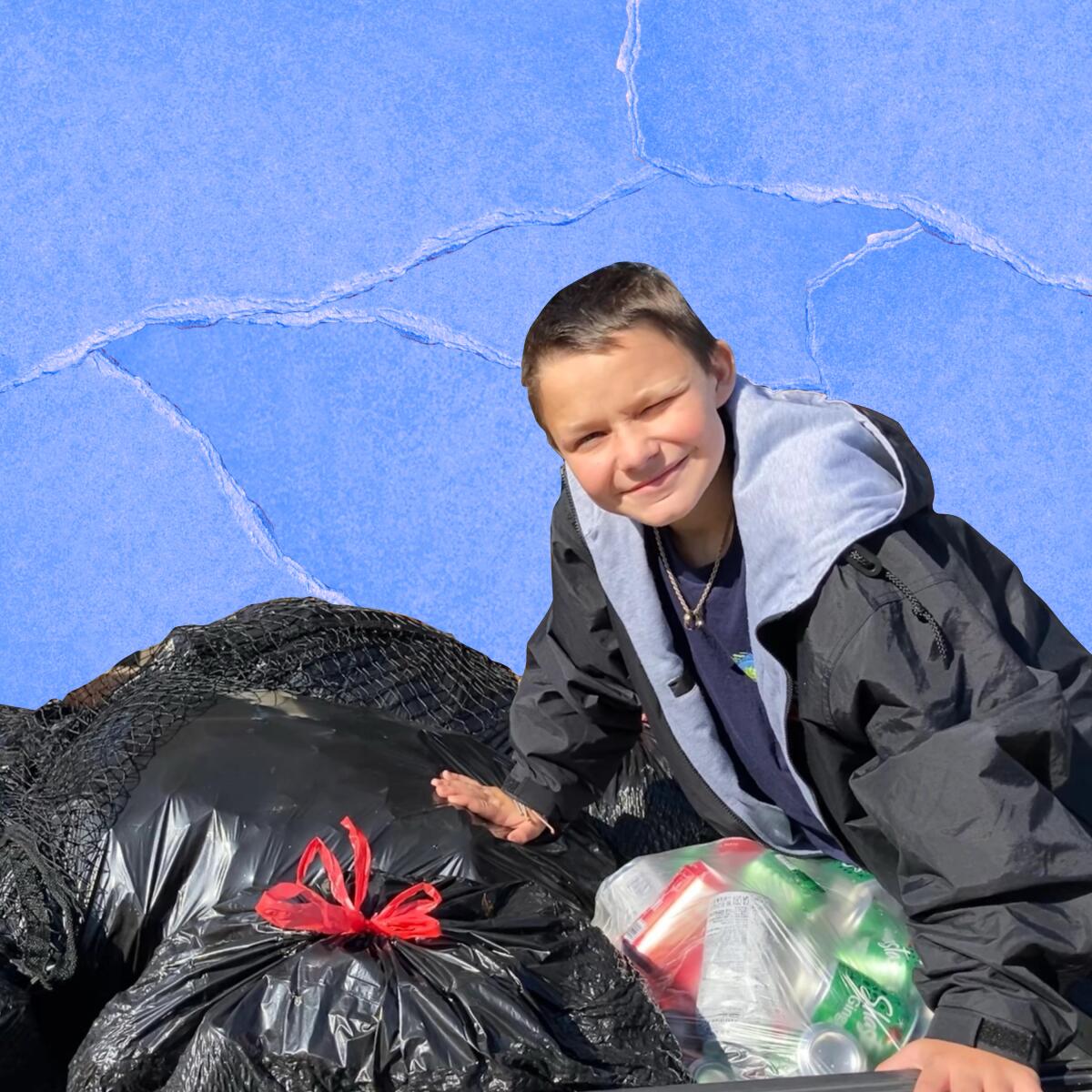
- Share via
You did your part for Earth Day by picking up trash at a beach cleanup and now you’re done, right? Not so fast.
Cash Daniels wants you to do a bit more. The 12-year-old from Chattanooga, Tenn., has personally organized cleanups and removed thousands of pounds of garbage over the last five years from a stretch of the Tennessee River near his home. The Tennessee is one of the most microplastics-polluted rivers in the world. “I’m making a difference on the environment,” he said in a recent phone call. “I don’t like seeing plastic lying around anywhere.”
His efforts have led to partnerships with nonprofit organizations such as Tennessee Beautiful and Keep America Beautiful. Daniels, a finalist for Time magazine’s Kid of the Year 2022, also co-founded a group called the Cleanup Kids to motivate others to follow his example. Now he’s challenging young people around the world (or anyone, really) to collectively pick up 1 million pounds of litter in 2022. How will he measure their progress? Through trash-tracking apps like Litterati, which encourages people to pick up trash and share photos online to create a global cleanup community.
How much trash is there in the U.S.? Keep America Beautiful’s 2020 National Litter Study estimates there are 50 billion pieces of litter or “152 pieces of litter for every U.S. resident.” That means if each person picked up their share, the country could be litter-free. Start by joining the 24th Great American Cleanup, which is underway now through June 22. It’s hosted by Keep America Beautiful, which started in 1953 when litter was mostly found alongside America’s highways. The organization offers free cleanup kits to help you get started.
Other things to do: In Southern California, join year-round cleanup groups and turn out for these events:
- Friends of the L.A. River hosts a Great L.A. River Cleanup every weekend in June and July (except the Fourth of July).
- The Bolsa Chica Convervancy holds wetland cleanups from 9 to noon the second Sunday and last Saturday of the month in Huntington Beach.
- Events at the Los Cerritos Wetlands near Long Beach combine pulling non-native weeds with trash cleanup on May 7, June 4, July 2 and other dates.
5 things to do this week
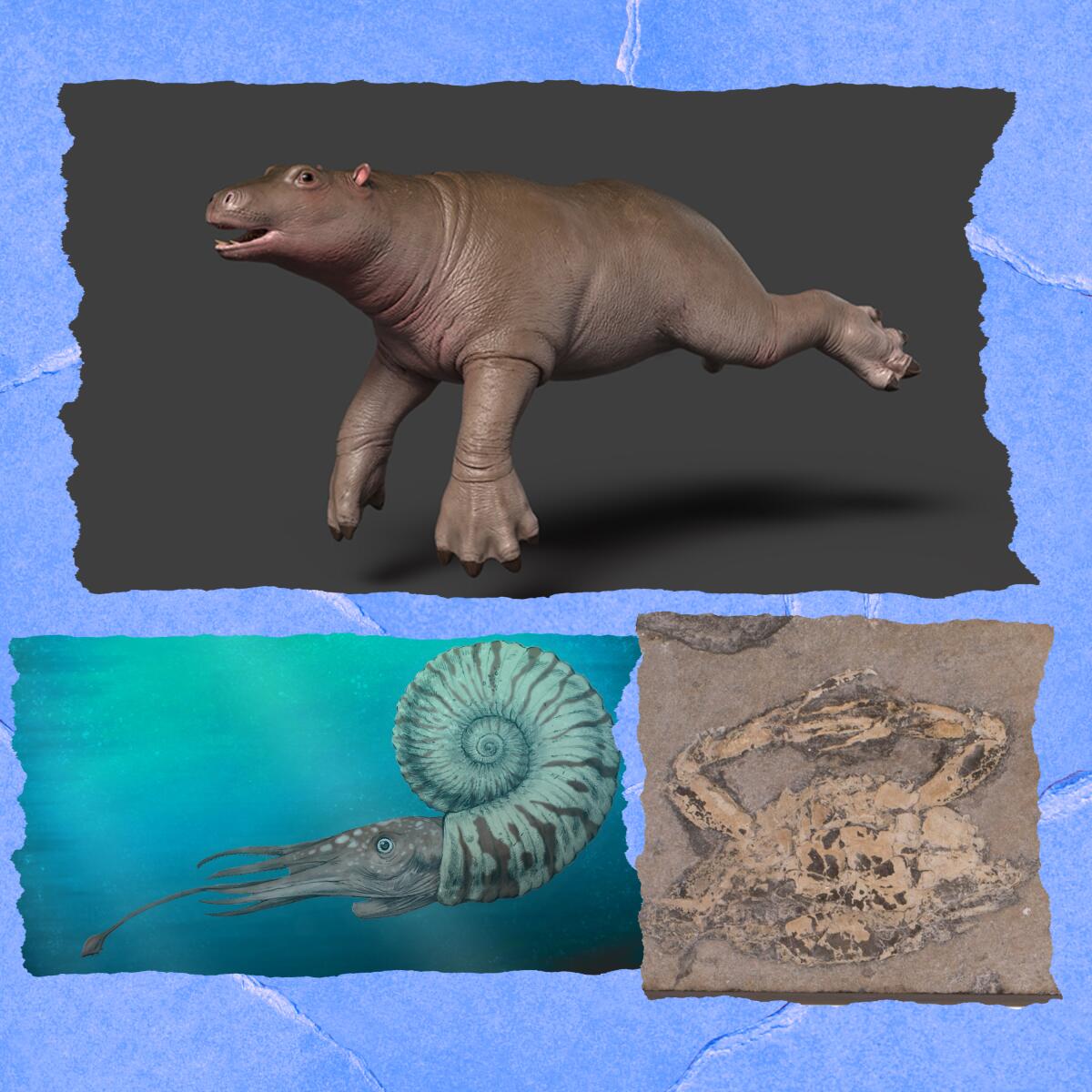
1. What did prehistoric underwater L.A. look like? A new exhibit shows all. Try to imagine super-sized sharks and tuskless walruses living in a Los Angeles covered with ocean water. The Natural History Museum of L.A. County will open a new show that displays ancient fossils, some found by Angelenos in their backyards, that piece together the city’s marine history. Of note is the 10-million-year-old skull of a whale found in Lincoln Heights in 1931. “L.A. Underwater: The Prehistoric Sea Beneath Us” opens May 2 and is included with a museum ticket ($7 to $15).
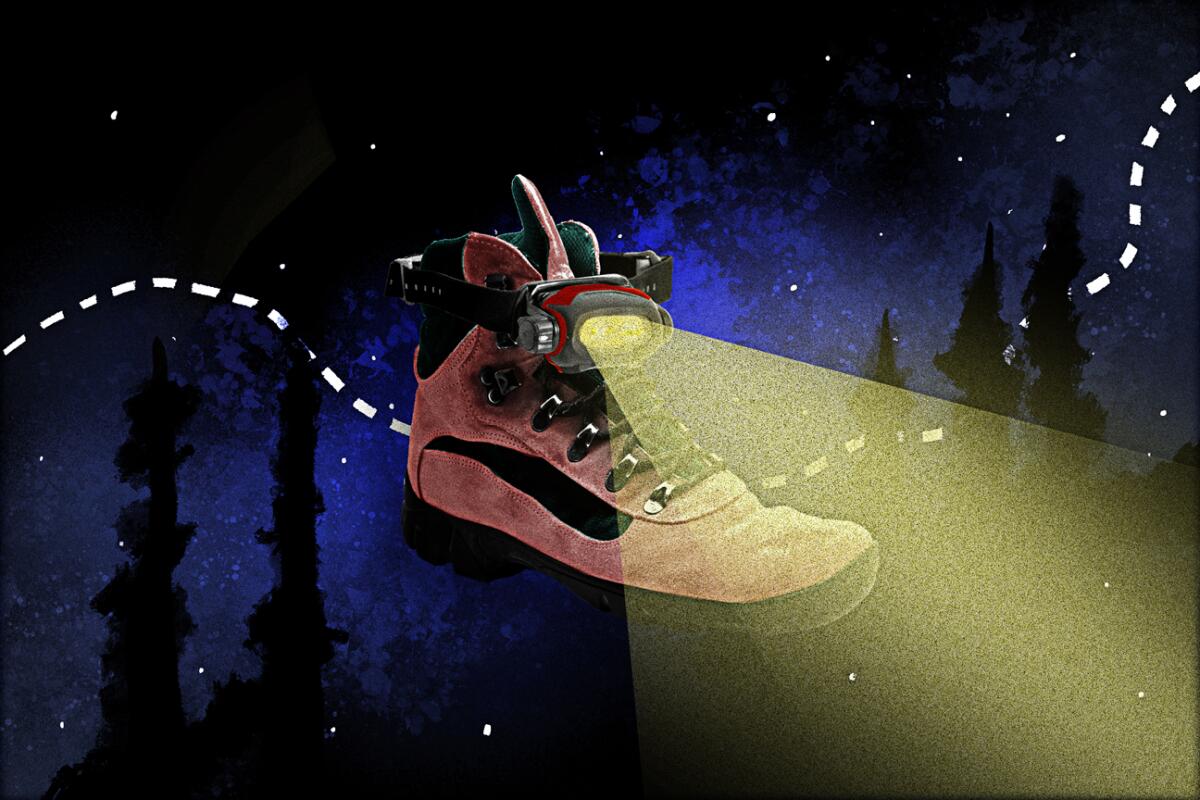
2. Looking for trails good for night hikes? Full moons are a great time for after-hours hiking in Griffith Park, Signal Hill and other Southern California routes. “Some of my most memorable hikes have happened at night — there’s something about the silent serenity of the darkness that amplifies my senses,” Matt Pawlik writes in his guide to magical night-hiking trails in L.A.
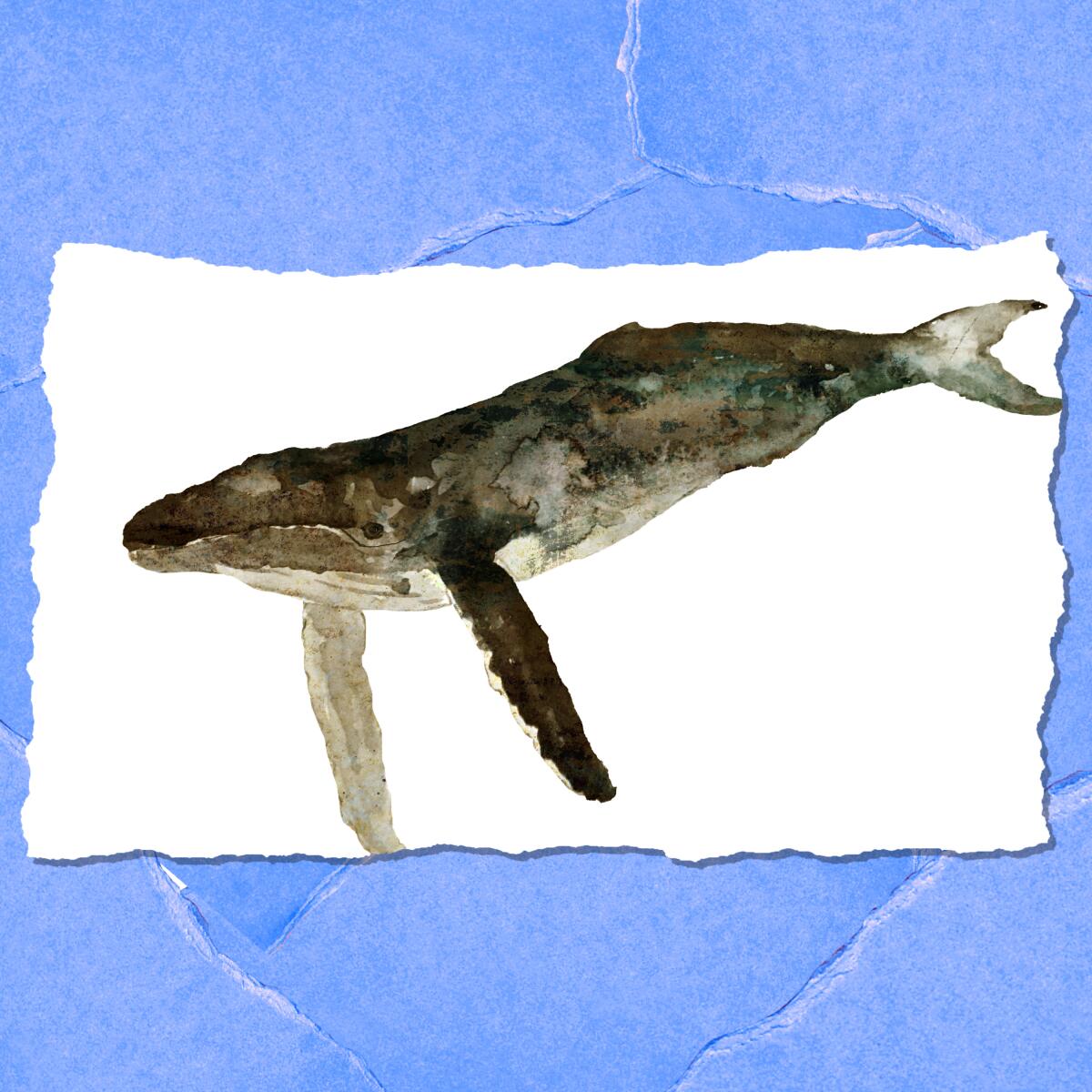
3. How whales took over the Santa Barbara Maritime Museum. Blue, finback, gray, humpback and minke whales can be seen along the Southern California coast at various times of the year. Killer and sperm whales have been sighted on occasion too. The Santa Barbara Maritime Museum celebrates California’s whales by debuting four exhibits in April, including “Whales Are Superheroes!” which integrates the artwork of local children who learned about different species that live in the Santa Barbara Channel. Now, the museum continues the theme with works by local artists Kelly Clause and John Baran. “Nature cannot be contained, captured, or defined, yet I always find myself wanting to touch it, hold it, re-create it,” Clause said in a statement about what motivates her to paint animals and flowers. “The Wonder of Whales: Two Artists’ Perspectives” continues through July 31.

4. Morro Bay wants you to come fly a kite. The Morro Bay Kite Festival at Morro Rock Beach is devoted to all types of kite-flying, including teams displaying two- and four-line kites and others with large decorative kites at Morro Rock Beach. Newbies can learn techniques, and 500 kites will be given away to kids to fly. Kites become flying piñatas with candy drops at 1 and 3 p.m. each day. The festival is held April 30 and May 1; free entry and free parking.
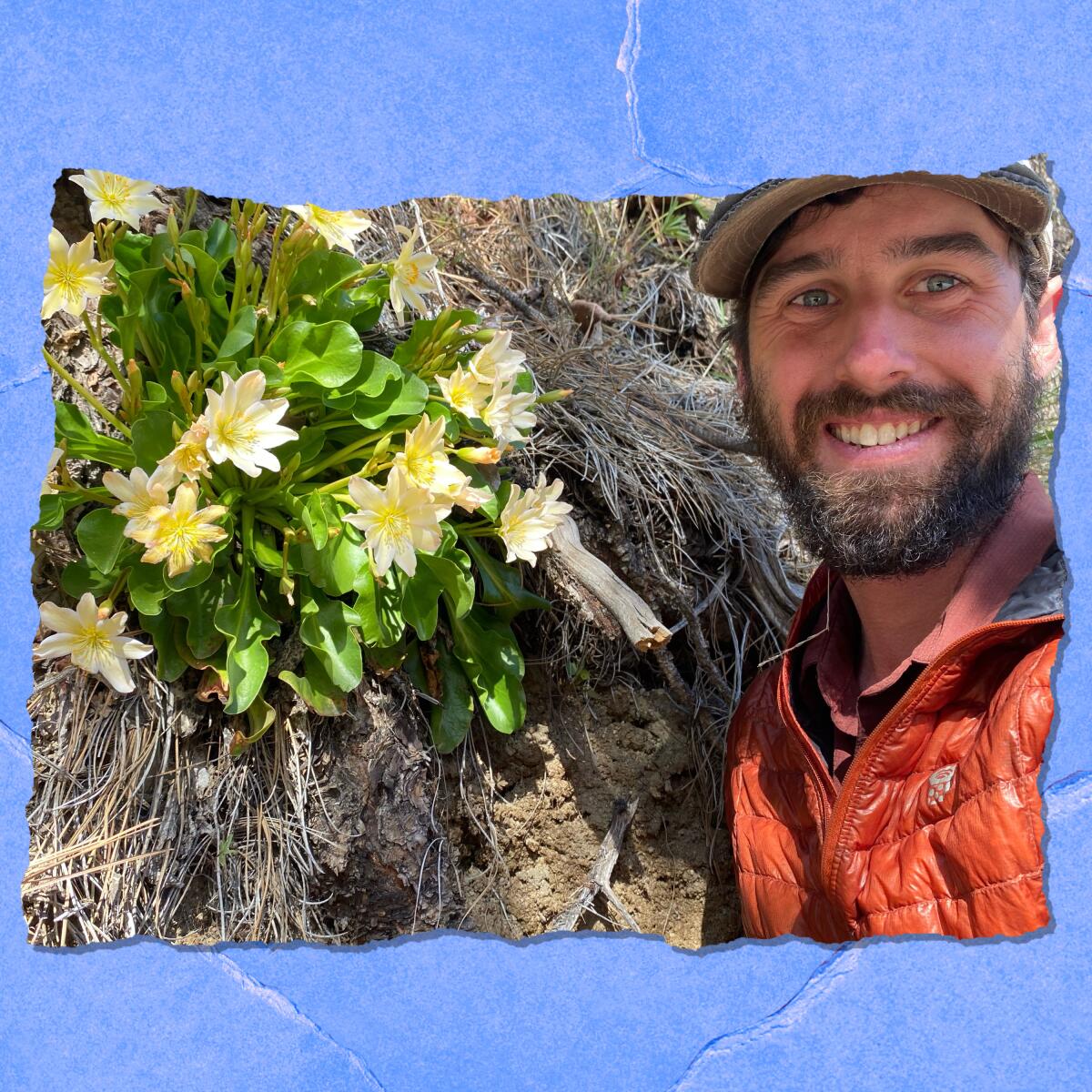
5. Take a (virtual) botany road trip through California’s deserts and beyond. Naturalist Matt Berger spent a good chunk of the last few years searching for botanical finds around the U.S. Berger will talk about travels and species in a three-part “Botany Road Trip” webinar series that begins April 30 with a segment on California deserts (the Mojave, Great Basin and Sonoran/Colorado deserts). The May 7 episode looks at the “intermountain West” (the area between the Sierra and Cascades mountains and the Rocky Mountains), and the May 15 segment focuses on carnivorous and other plants in the U.S. Southeast. Online sessions take place 6 to 8 p.m. Pacific time; $35 for access to all three. Also, you can sign up for an in-person desert field trip with Berger on May 28 ($35 per person). Registration is open for both the webinars and the field trip.
Wild things
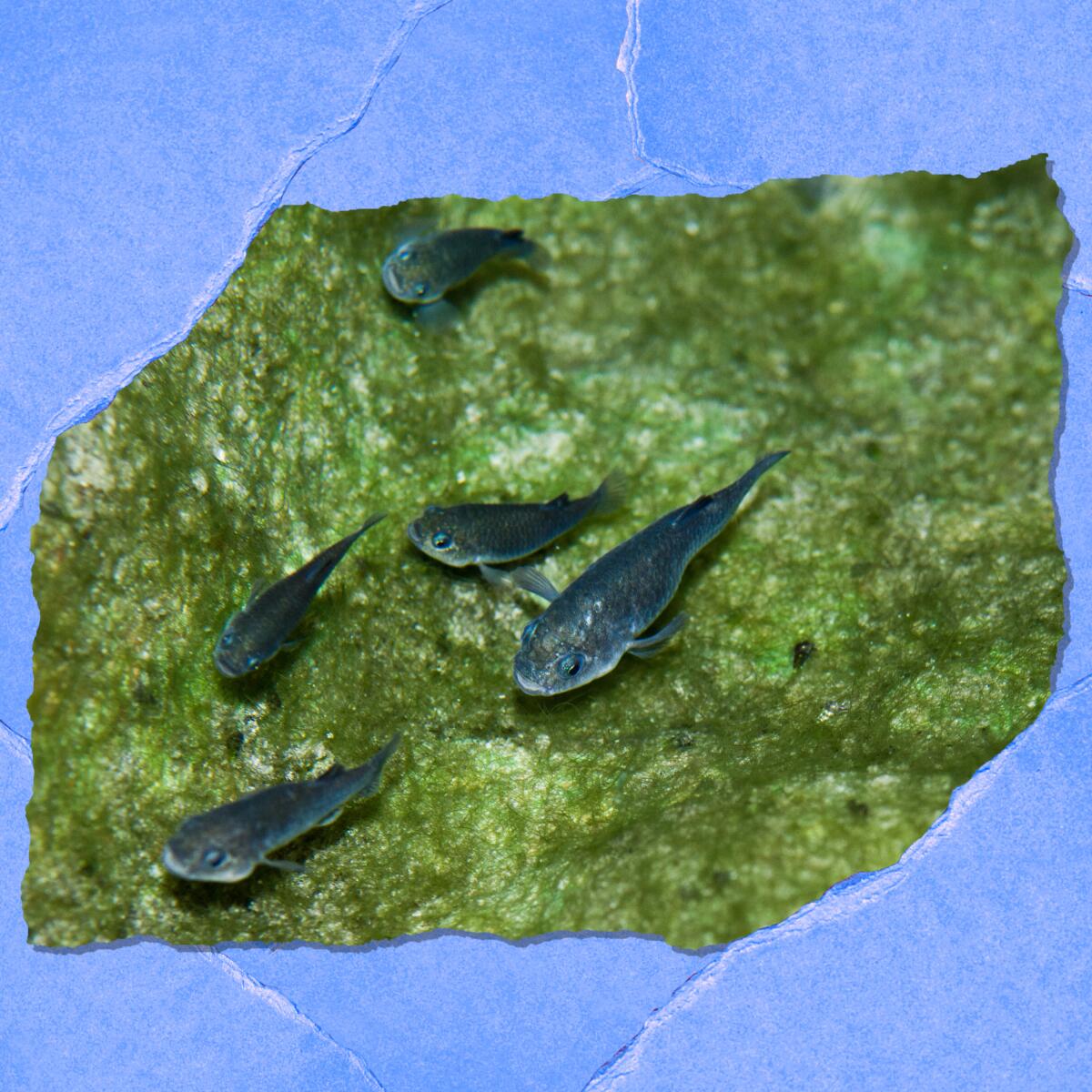
Devils Hole pupfish (Cyprinodon diabolis), one of the rarest fish in the world, are rebounding, according to a recent spring count. The small fish now number 175, the highest number counted in at least 22 years. Described in a National Park Foundation blog post as “bright, silvery-blue, little fish with the flat head of a pike and the tiny body of a goldfish,” Devils Hole pupfish can be found in a part of Death Valley National Park in Nevada (detached from the California part of the park). The fish “live in the upper 80 feet of a deep water-filled cavern and sun-lit shallow pool at the cavern’s entrance, making this the smallest range of any vertebrate species on the planet,” according to a National Park Service news release.
Pupfish have been monitored and counted for the past half a century. Before the 1990s, there were about 200 pupfish; since then, their numbers have fallen as low as 90. The average pupfish lives from six to 12 months.
The must-read

There is something so sweet about Sam George’s story in Surfline on reuniting three memorable surfboards with the men who made them: Bill Urbany, Robbie Dick and Matt Moore. “The object being to reunite these special surfboards with their makers, affording each a final opportunity to run a hand along the rail, sight down the deck, check the rocker; to breathe on these boards one last time before, again, letting them go,” the story says. Photos show the modern-day shapers (two are 69, one is 76) and closeups of their hands, which years ago crafted the boards for friends or a particular surf event. The surfboards are part of the 2022 California Gold Surf Auction, which ends Friday.
The dirt
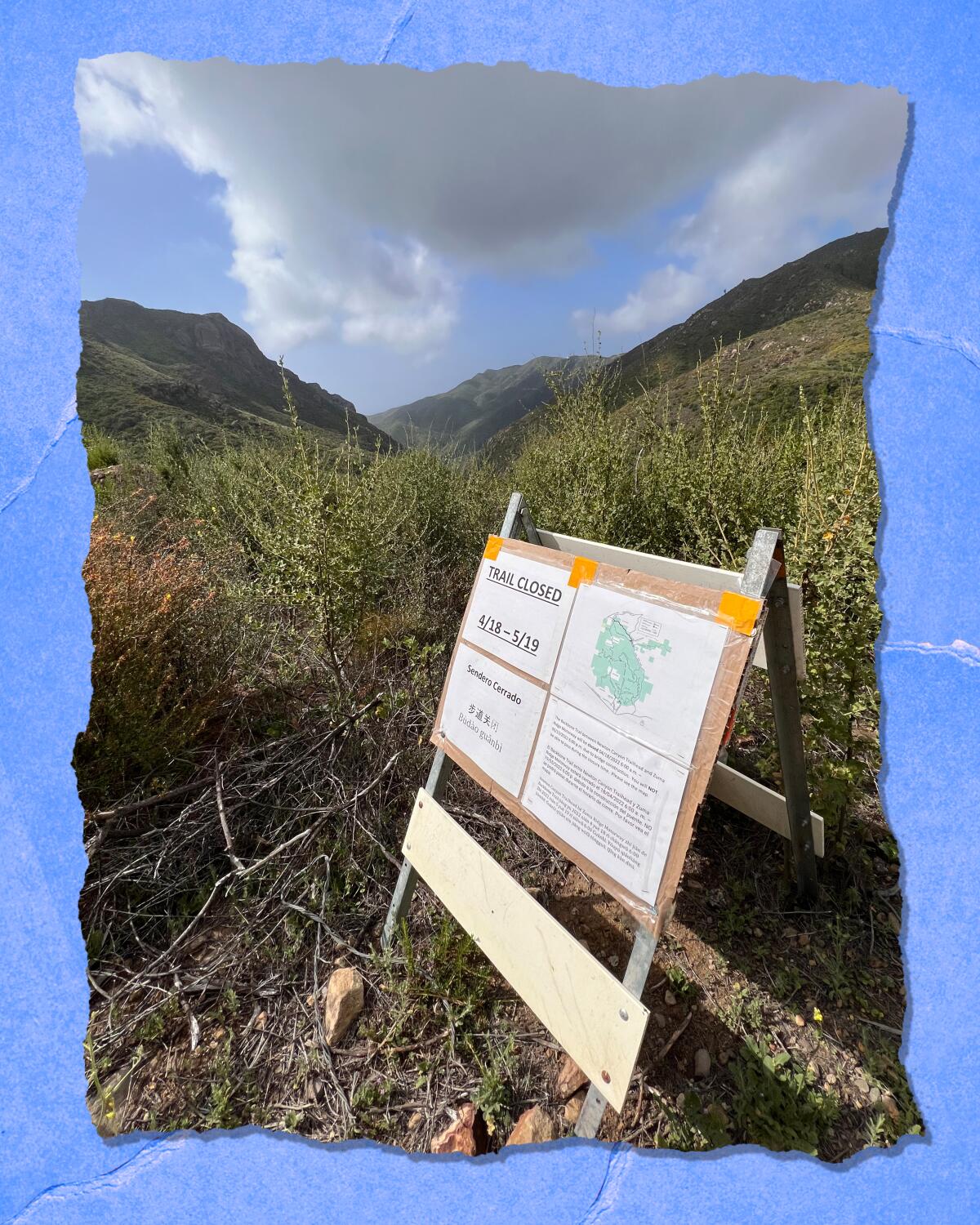
- A two-mile portion of the Backbone Trail in Malibu will be closed through May 19 to replace a bridge that burned in the 2018 Woolsey fire, according to a national park news release. The Zuma Canyon area in the Santa Monica Mountains will be closed between Kanan Dume and Encinal Canyon roads. The Backbone Trail runs 67 miles between Pacific Palisades and Malibu.
- Fans of Channel Islands National Park will soon have a new place to stay overnight. This summer, the Park Service will be building a new campground near Prisoners Harbor on the east side of Santa Cruz Island. It will have seven campsites (good for up to 24 people) that you can walk to from Prisoners Pier. The primitive campground at Del Norte is farther away, about 3.5 miles from the pier.
- Speaking of campgrounds, sites will be in short supply at Yosemite National Park this season. Tuolumne Meadows Campground, near the east entrance of the park, will be closed at least until 2024 for major upgrades. The campground was built in the 1930s with 304 drive-in campsites, including group sites, horse sites and 21 sites for backpackers (particularly thru-hikers on the Pacific Crest Trail). Planned improvements include new lockers, picnic tables and fire rings at each site; a relocated backpacker campground closer to the John Muir Trail; and relocation of campsites close to the flood zone of the Tuolumne River. The campsite serves more than 150,000 visitors per year. More details here. Also, Bridalveil Creek and Crane Flat campgrounds, closer to popular Yosemite Valley, also will be closed this year for upgrades.
P.S.
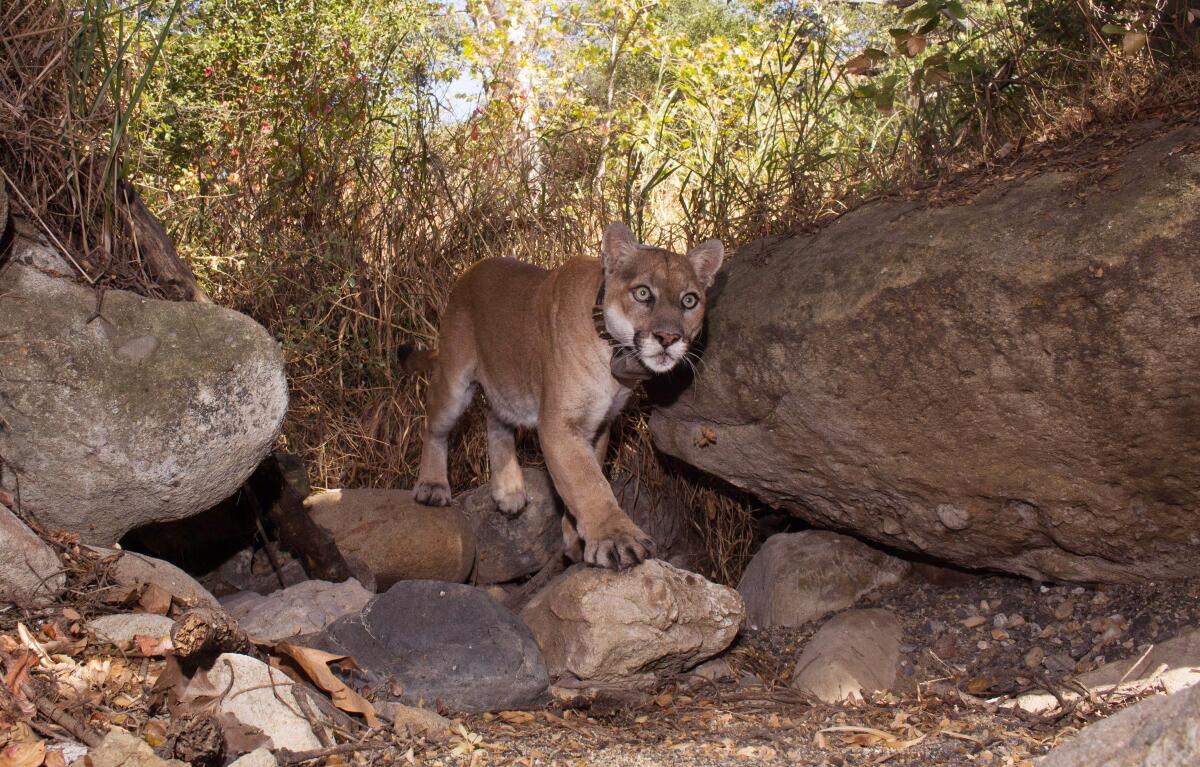
Meet the man who has been making home movies of P-22, L.A.’s star cougar. Michael McMahan has recorded the mountain lion at least 75 times over the past few years with his own motion-activated camera. “P-22 and I, we’re at similar stages in our lives: We’re just two older bachelors roaming the Hollywood Hills,” he said in this L.A. Times story.
Enjoying this newsletter? Consider subscribing to the Los Angeles Times
Your support helps us deliver the news that matters most. Become a subscriber.
Send us your thoughts
Share anything that’s on your mind. The Wild is written for you and delivered to your inbox for free. Drop us a line at [email protected].
Click to view the web version of this newsletter and share it with others, and sign up to have it sent weekly to your inbox. I’m Mary Forgione, and I write The Wild. I’ve been exploring trails and open spaces in Southern California for four decades.

Sign up for The Wild
We’ll help you find the best places to hike, bike and run, as well as the perfect silent spots for meditation and yoga.
You may occasionally receive promotional content from the Los Angeles Times.




